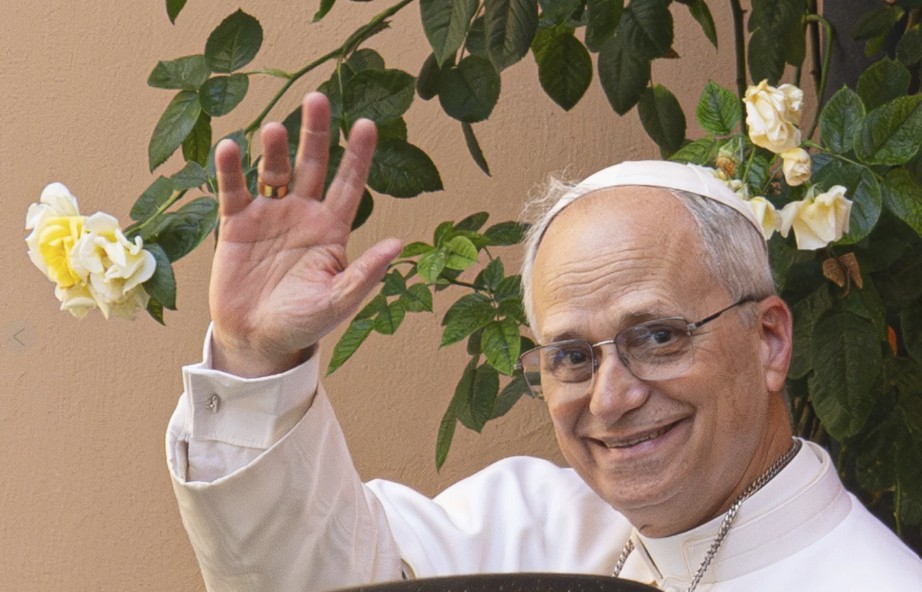On September 8th, 2022, Queen Elizabeth II of the United Kingdom and its Commonwealths, passed away at the age of 96 years old.
The Queen was born on April the 21st, 1926, to then Prince Albert and Princess Elizabeth, under the rule of her grandfather King George V. Ten years later in 1936, her uncle and eldest son to the King, Edward VIII would ascend the throne on January 20th. Later that same year, he would abdicate the throne and having no heir apparent, Prince Albert would ascend to the throne as King George VI. He would rule the Kingdom and its Empire for 16 years, leading the nation through the Second World War, where Princess Elizabeth served in the Auxiliary Territorial Service. A couple of years after the war in 1947, Princess Elizabeth married Prince Philip of Greece and Denmark, and a year later gave birth to Prince Charles.
On February 6th, 1952, at the age of 56 years old, King George VI would die of lung cancer, presumably caused by his heavy smoking, leaving Elizabeth to ascend the throne. The Queen’s coronation would take place a year later on June 2nd, 1953. Queen Elizabeth would reign for 70 years, and during that time she served along 16 Prime Ministers from Winston Churchill to the newly elected Liz Truss, and met with 13 US Presidents from Dwight Eisenhower to Joe Biden. She is credited for modernizing the Monarchy, and being the rock on which Modern Britain was built upon.
However, during those same 70 years, Britain had been on a decline and its once great Empire that expanded the globe was falling apart. After the Second World War, nationalist movements across the globe in already European controlled colonies began to spread and declared their separation from the Crown. The trend began during the reign of George V, when Egypt and Ireland gained Independence from Great Britain in 1922. However, Ireland would not sever ties with the Crown until 1937 when it became a Republic. Then, after WW2 under the reign of George VI, the nations of India, Burma, and Palestine would leave the monarchy, and under Queen Elizabeth, 17 states abandoned the monarchy. The most recent state leaving the monarchy was Barbados in 2021 when it became a Republic.
After the Queen’s death, more nations may see the advantage to declare formal independence and break away from the British Monarchy. Shortly after the Queen’s passing, Prime Minister Gaston Browne of Antigua and Barbuda, one of the 15 Realms still ruled by the Crown, wished to call a referendum on the country to decide whether Antigua will become a Republic and remove Charles III as head of state. However, though Antigua will no longer be a Realm of the Monarchy, it will continue to be a member of the Commonwealth of Nations that was established by the Balfour Declaration of 1926 and modernized twice by the Statute of Westminster in 1931 and the London Declaration of 1949.
Antigua and Barbuda is one of 6 Caribbean nations still under rule of the British Monarchy. The other five: Belize, the Bahamas, Jamaica, Grenada, and St. Kitts & Nevis, have all been pushing to break away from the Monarchy. If these countries do in fact abandon the Monarchy, six brand new Republics would be created in North America and Canada would be the last sovereign state left in the America’s with Charles III as their head of state. However, the British still have control over its Caribbean dependencies or territories, they are under the direct rule of the United Kingdom and the Crown.
This is a very difficult time for the British Monarchy and it is bound to be tested, however, this may very well be the last breath of a once great Empire.








